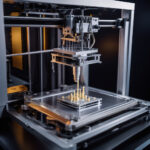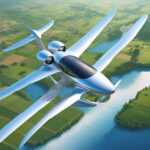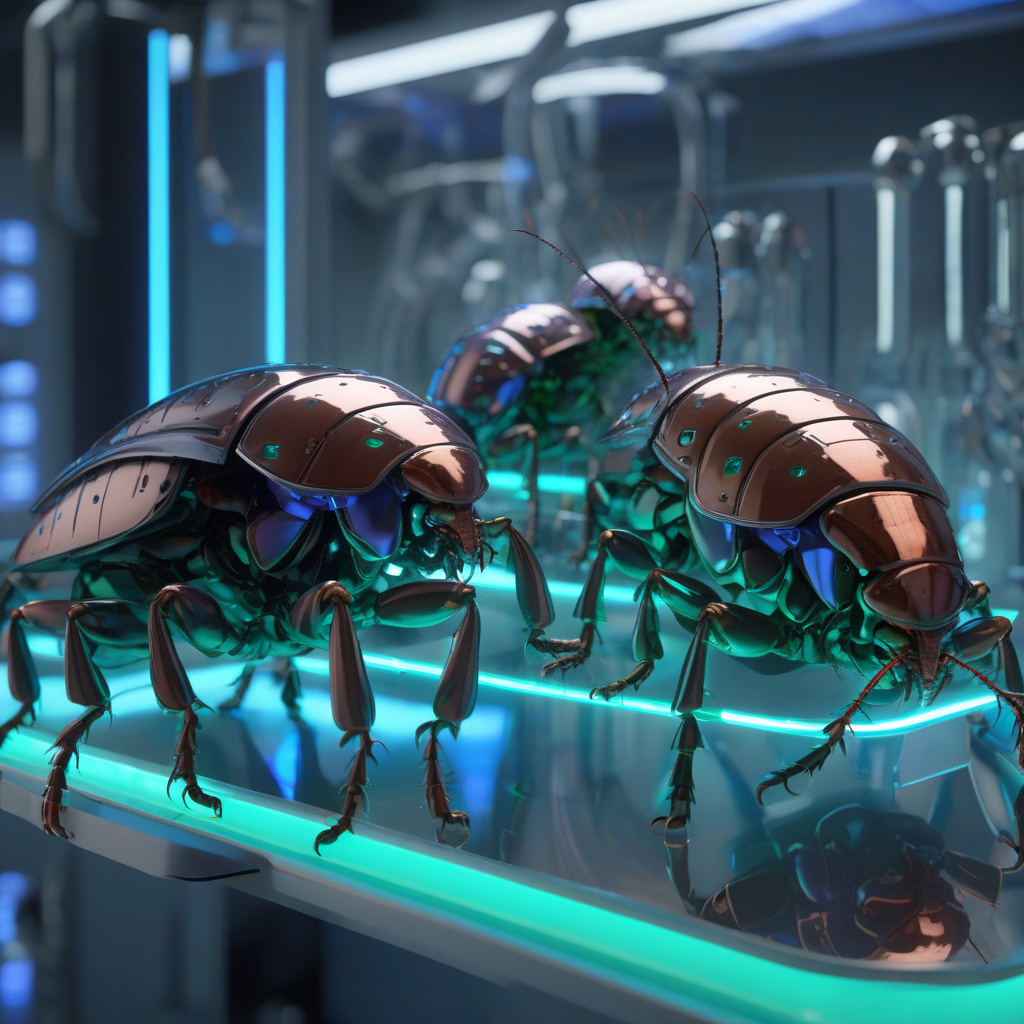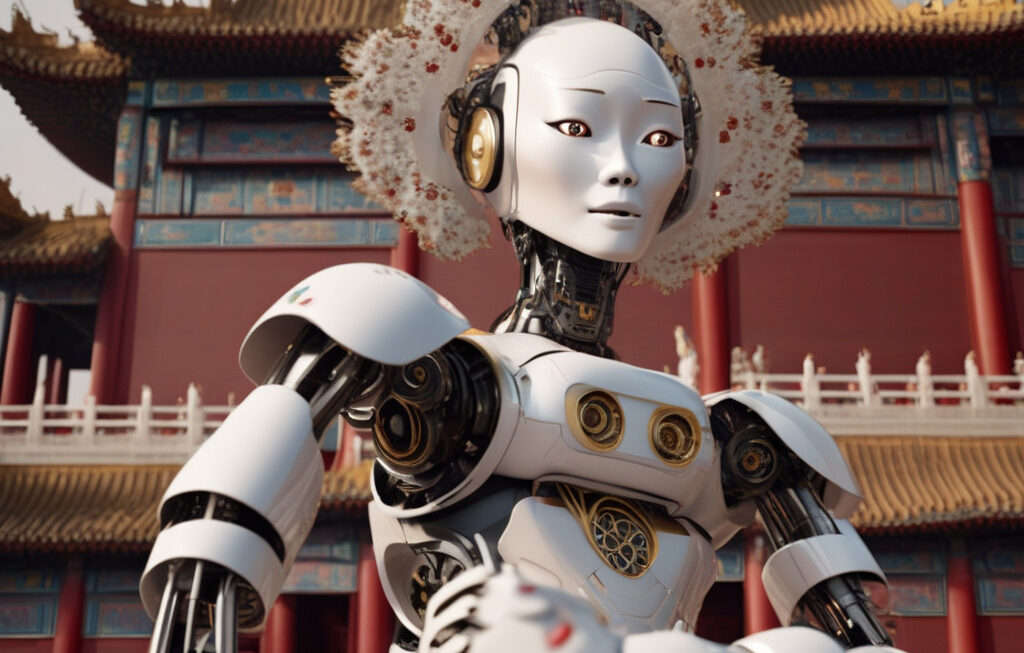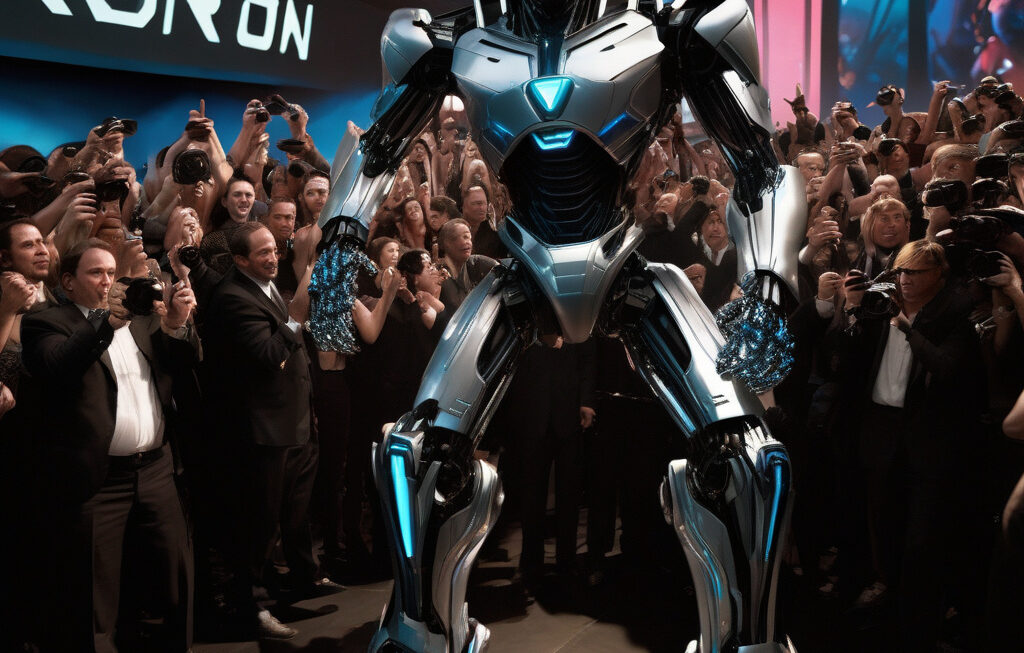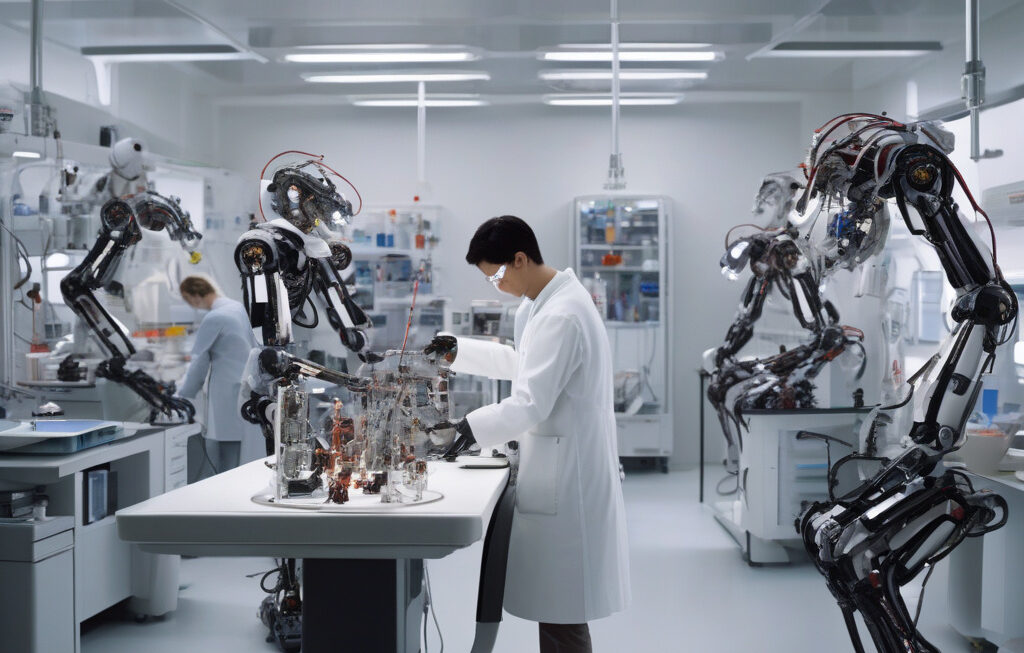Cyborg Cockroaches: Pioneering UV Light Helmets for Wireless Movement
In a groundbreaking fusion of biology and robotics, researchers at Osaka University have developed a revolutionary method to control cyborg cockroaches without the need for traditional wires or shocks. By equipping these insects with miniature UV light helmets, scientists have unlocked a new realm of possibilities for seamless and unrestricted movement in the realm of bio-hybrid robotics.
The concept of cyborg cockroaches is not entirely new; however, the conventional approach involved using wires to directly stimulate their antennae and control their direction. While effective, this method posed limitations in terms of range and precision. In contrast, the innovative UV light helmets offer a wireless and more refined way to guide the roaches, paving the way for enhanced flexibility and autonomy.
The technology behind these UV light helmets is as ingenious as it is intricate. Each helmet is custom-designed to fit securely on the cockroach’s head, utilizing a combination of biocompatible materials and cutting-edge microelectronics. The helmet is equipped with miniaturized UV LEDs that can be selectively activated to stimulate specific regions of the cockroach’s brain responsible for steering and navigation.
One of the key advantages of this UV light-based system is its ability to provide targeted and on-demand control over the cyborg cockroaches. By illuminating different sections of the brain with varying intensities of UV light, researchers can precisely dictate the insect’s movements in real-time. This level of precision opens up a myriad of applications in fields such as search and rescue operations, environmental monitoring, and even healthcare.
Moreover, the wireless nature of the UV light helmets eliminates the need for cumbersome external wires, allowing the cyborg cockroaches to move freely and unhindered. This newfound freedom of movement is not only beneficial for the insects themselves but also enhances the overall efficiency and agility of bio-hybrid robotic systems.
Beyond the realm of practical applications, the development of UV light helmets for cyborg cockroaches underscores the boundless potential of merging biological organisms with robotic technologies. By harnessing the innate capabilities of living organisms and augmenting them with advanced engineering, researchers are pushing the boundaries of what is possible in the field of bio-hybrid robotics.
As we look to the future, the integration of UV light helmets into cyborg cockroach research sets the stage for further innovations in bio-robotic interfaces. From enhanced swarm robotics to bio-inspired sensor networks, the implications of this pioneering technology are far-reaching and profound. By leveraging the unique strengths of both biology and robotics, we are poised to unlock a new era of creativity and discovery in the ever-evolving field of biorobotics.
In conclusion, the development of UV light helmets for cyborg cockroaches represents a significant leap forward in the realm of bio-hybrid robotics. With its wireless control capabilities, precision steering mechanisms, and potential for diverse applications, this technology holds immense promise for shaping the future of robotics and beyond.
cyborg cockroaches, UV light helmets, bio-hybrid robotics, innovative technology, biorobotics
